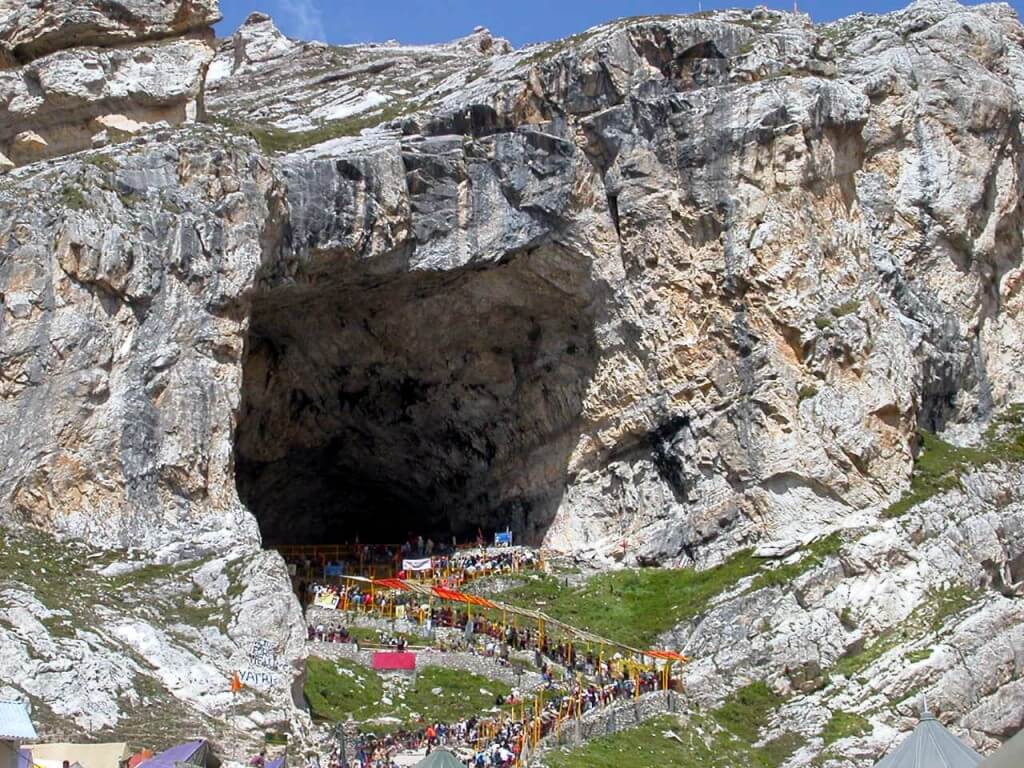The Amarnath Yatra is a sacred pilgrimage to the Amarnath Cave, where a naturally occurring ice stalagmite, revered as a Shivalingam, symbolizes Lord Shiva. This yatra is one of the holiest journeys for Hindus and is undertaken annually during the Shravan (July-August) month. The pilgrimage is considered an act of devotion and involves traversing challenging terrain through the Himalayan ranges in Jammu and Kashmir.
The Legend of Amarnath
According to Hindu mythology, Lord Shiva revealed the secrets of immortality and creation of the universe to Goddess Parvati in the Amarnath Cave. The story goes that to avoid being overheard, Shiva left behind all his belongings along the route, including his bull (Nandi) at Pahalgam, the moon at Chandanwari, and other items before entering the cave. When he finally shared the secret, a pair of pigeons overheard the conversation and became immortal, and it is said that pilgrims still see them in the cave.
Route Options for Amarnath Yatra
There are two main routes to reach the Amarnath Cave:
Pahalgam Route (Traditional Route):
Base Camp: Pahalgam
Total Distance: 46 km (trek)
Pahalgam to Chandanwari: 16 km by road (can be covered by vehicle).
Chandanwari to Sheshnag: 12 km trek
Sheshnag to Panchtarni: 13 km trek
Panchtarni to Amarnath Cave: 6 km trek
Difficulty: Moderate to challenging, but it is the more scenic and traditional route.
Duration: Typically takes 3-5 days for the trek, depending on fitness levels and acclimatization.
Baltal Route (Shorter Route):
Base Camp: Baltal (near Sonamarg)
Total Distance: 14 km (trek)
Baltal to Amarnath Cave: A steep 14 km trek, which can be completed in one day. Ponies and palanquins (palkis) are available for those unable to walk.
Difficulty: This route is more direct but also much steeper and physically demanding.
Duration: The entire journey can be completed in a day or two, depending on fitness levels and acclimatization.



